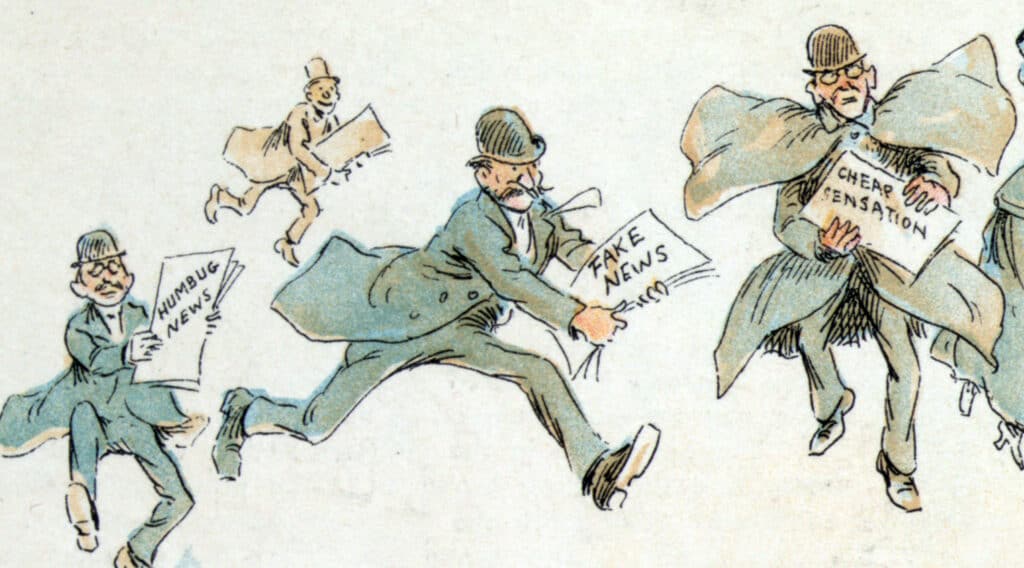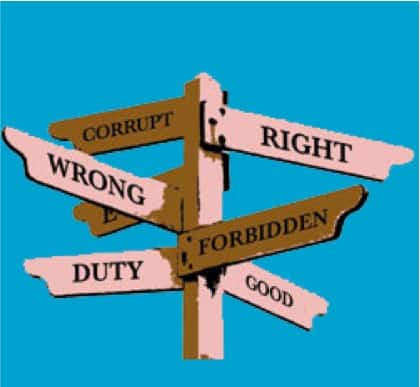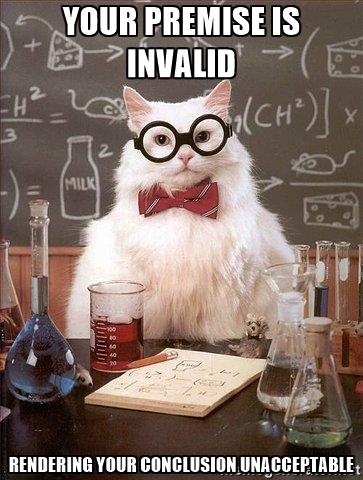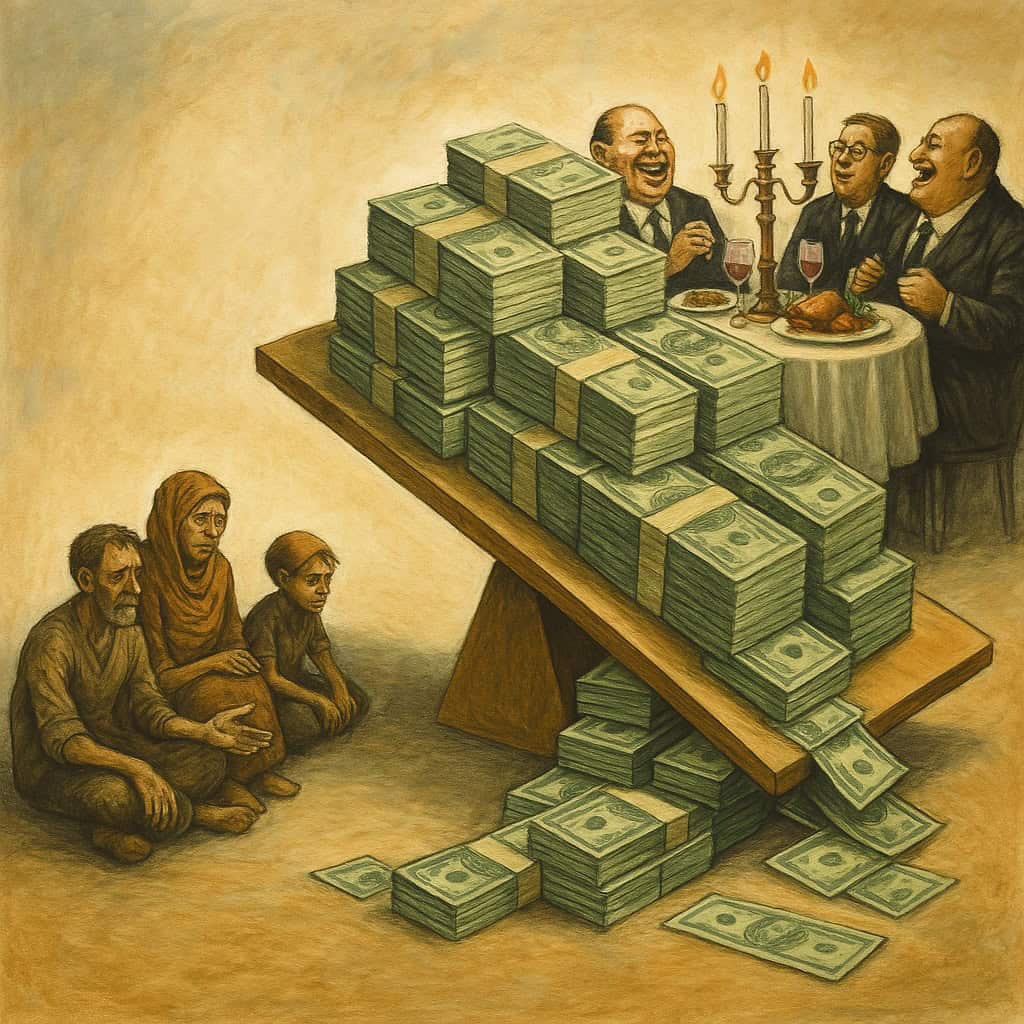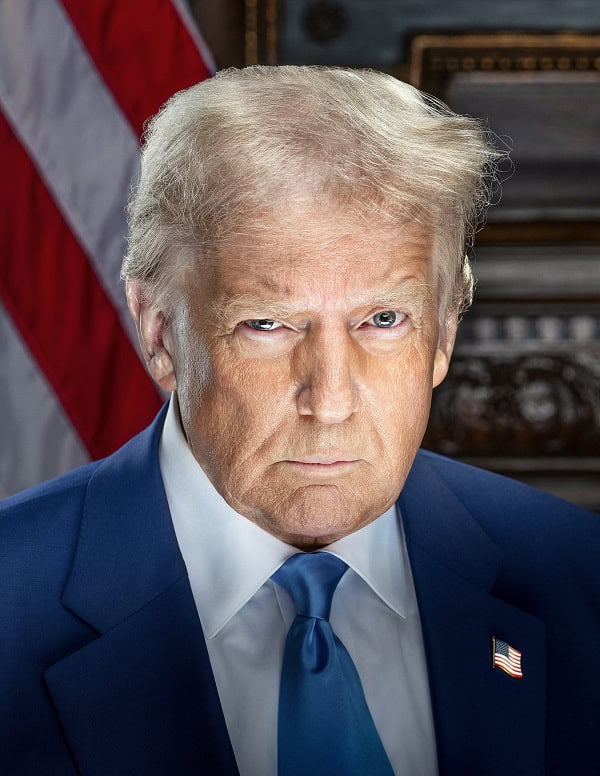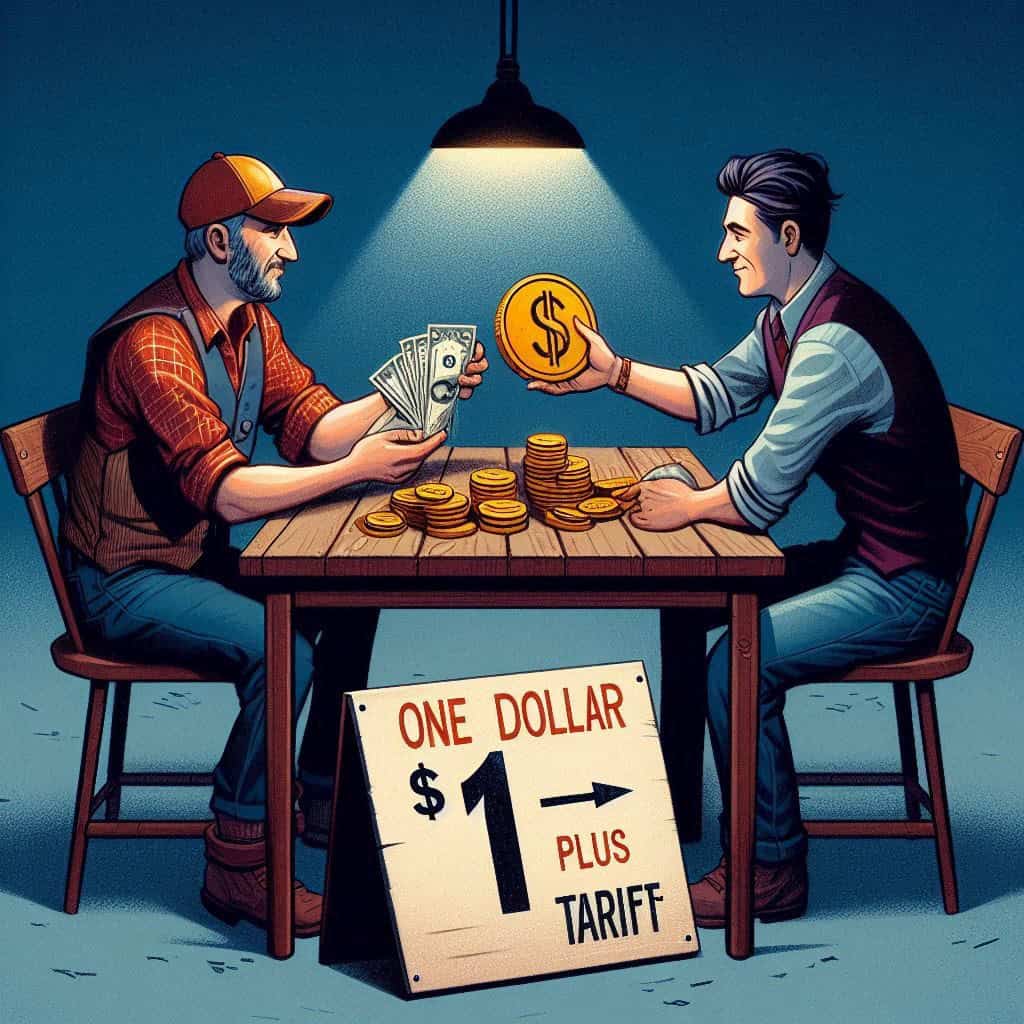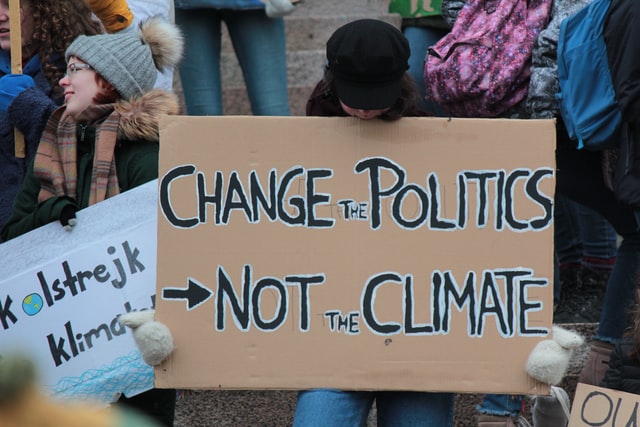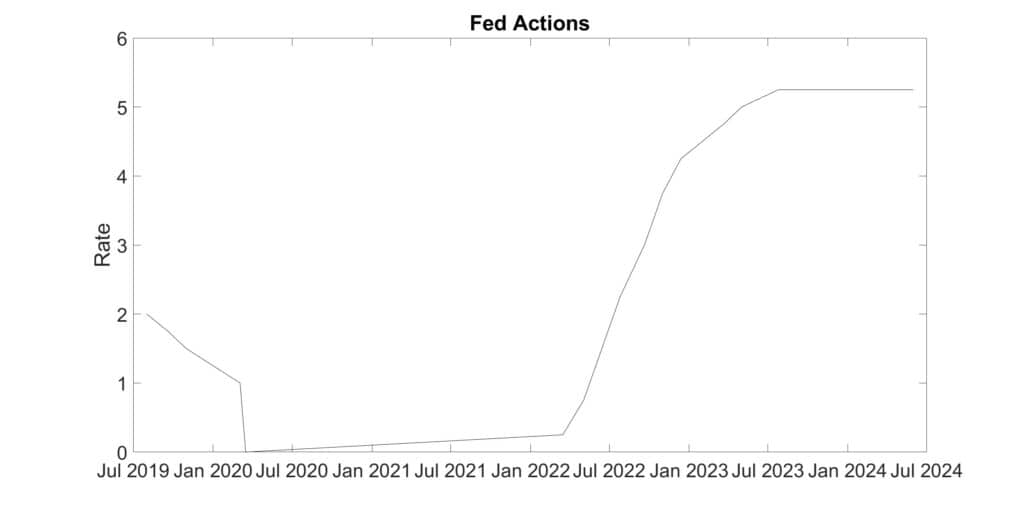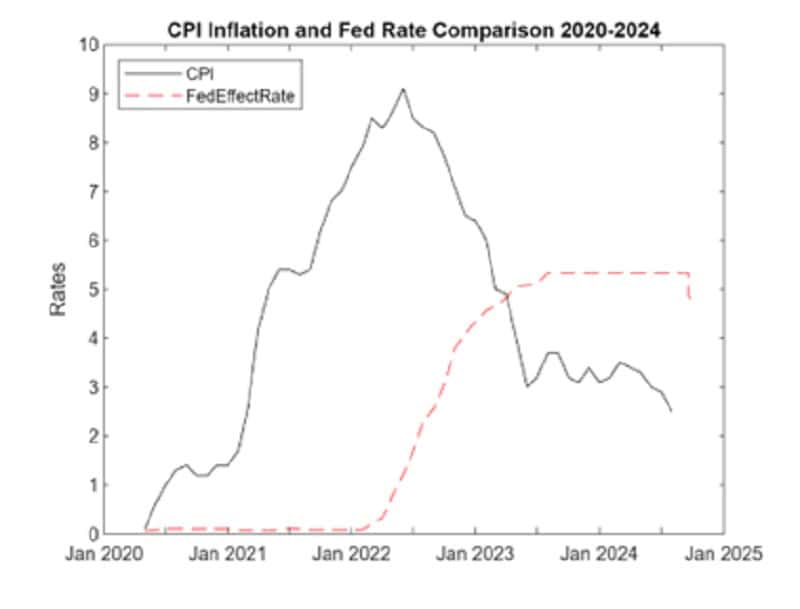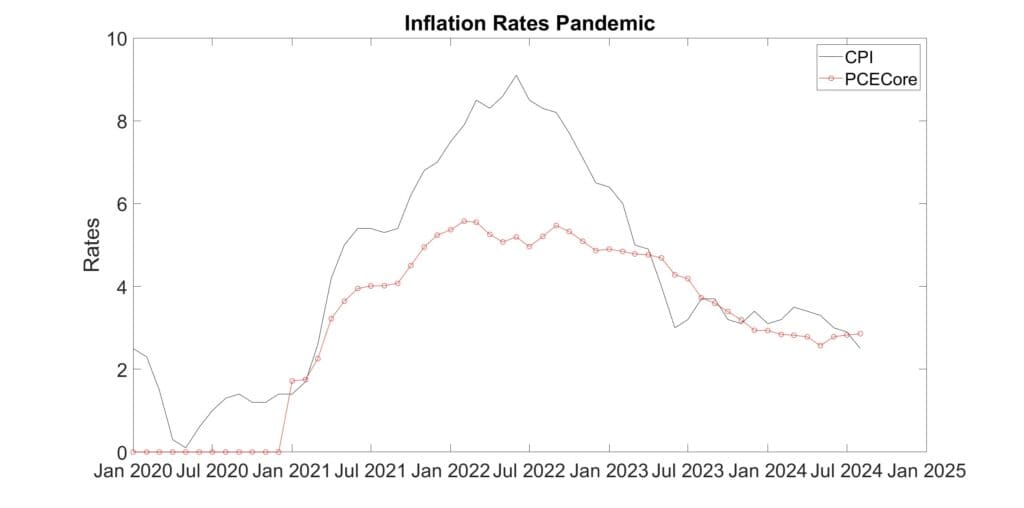Fake News and Free Speech
Apr. 18, 2023. The Fox News-Dominion lawsuit reveals Fake News and Free Speech can be untangled but not doing that can be costly.
Nov. 8, 2022. Mid-term elections resulted in many high-profile losses for believers in the Big Lie; however, many Republican candidates who embraced the Fake News won, and many who lost received 45-49% of the ballots cast. Lots of people believe the Big Lie.
Fake News
You may think Fake News is no problem. Just ignore it and go about your business.
But a problem remains. Many people see Fake News more often than news that is factual. They assume Fake News is true and base decisions on the false information they have seen and heard.
Scope of concern
Much Fake News content comes as clickbait advertisements, celebrity gossip, or self-puffery. Those false statements are of lesser importance. It’s when Fake News invades the political discourse that becomes significant. Many people don’t recognize that information as false.
That Fake News hobbles effective government. Logical decisions, when based on false premises, lead to programs and public spending that cannot meet their legitimate goals. For example, because of the Fake News about the 2020 election, 8 Republican senators and 139 Republican house members voted against the certification of the presidential election results. Another example, in 2022, Arizona Republican State Rep. John Fillmore proposed that state legislatures have final say on whether presidential votes in their states would be accepted or rejected instead of the voters themselves.
The Big Lie
The Big Lie—that Donald Trump actually won the 2020 election—is the particular Fake News item. The Big Lie has been contradicted by election officials both Republicans and Democrats. They certified the results in each state. Recounts were performed and processes were reviewed. No fraud or miscounted votes changed their state totals. Trump and his lawyers took their Big Lie claims to state courts and the Supreme Court. They lost every single challenge, unable to provide any evidence supporting their position that he won more votes than Joe Biden.
Yet Trump and his supporters continue to assert in the media and rallies that the election was stolen. This is reflected in recent polling that shows 61% of the Republican party (20% of the entire US electorate) believes the Big Lie.
Voting for 2022 Mid-Terms is tomorrow—the Big Lie will be a factor in Republican candidate vote totals.
Definition of Fake News
The term Fake News is used so casually in the media and conversations that important distinctions get glossed over.
Fake News can be of several types.
- Fake Facts. Did the event occur or not? Stating that Donald Trump won is a fake fact.
- Fake Explanations. Asserting the event occurred for specific reasons. The Big Lie often comes with the explanation that Trump only appeared to have lost because of faulty vote counts, election procedures that let ineligible voters and possibly illegal immigrants vote.
- Fake Prediction. Because of their false belief, in future elections, Big Lie believers want to strengthen verification of voter identity despite the hardship to legitimate voters on meeting the proposed regulations, stop electronic voting, limit early voting, and severely restrict mail-in ballots.
Once the Fake Fact (the Big Lie) has been planted in the common discourse, future arguments skip that premise and move on to Fake Explanations and Fake Predictions. In this way, the Fake Fact is assumed and, when undisputed, becomes an inviolate plank in the political discussion.
Why is Fake News Created and Believed
Why would anyone believe Fake News? As the world is immensely complex, it’s human nature to simplify and look for easy answers. We have complicated issues, well beyond politics, to grapple with. Saving our attention to checking truth and details of personal issues is more productive than agonizing over decisions made by politicians in Washington, DC and state capitals.
Authority figures—politicians, ex-presidents, news media and commentators—deliver organized information. Nothing wrong with that, but we have to be careful of them and their sources of news. The authorities select what ideas to present, which facts to mention, and which to exclude (perhaps items that may change our minds about issues).
However, the news presenter may have a policy they want enacted. Because of their position of selecting what their followers hear, they can tailor the news to sway listeners to their point of view and hide news that undercuts their favored position. This leads to Fake News by omission. Information needed to make a reasonable assessment is not available to people who never hear it.
Add to that, the unscrupulous news purveyors who do not care if the news is true or false. If it furthers their objective, they will present it to their followers. The rawest Fake News.
Frequency of Fake News
With the internet and mass media, not only are there more avenues that deliver news, it is possible to surround oneself with the same news, real or fake, and never hear a contrary opinion.
The frequency you are exposed to false news makes a difference on its impact on you. When Fake News is repeated in articles, stories, tweets, messages and the like, our minds develop a ready association of the Fake News claims. For some people, the Big Lie comes to mind more readily than the news of 63 cases in which Trump’s claims were rejected by courts.
In a similar vein as advertisers’ goal for their product claim to come to mind whenever we hear their product or of the problem that it solves, the Big Lie ties the 2020 election with Trump’s claimed win. Media influencers do not need to prove their claim. Their mission is accomplished when they have established a memory link between the 2020 election and doubt on the loss by Donald Trump.
Impact of Fact News on US Government
Obviously, if you believe the Big Lie, you are angered by the existing government that let it happened.
Voting against incumbents, those who believed the 2020 result was a legitimate expression of the people’s will, is axiomatic.
As a side effect, the chance of election-denying candidates winning grows. Unfortunately, many of these candidates have no qualifications for the office they seek. Their sole qualification is the belief the Big Lie. If elected, the result will be in a Congress and many statehouses with representatives performing roles they have little skill at.
Since the Big Lie is false, both consequences deplete the usefulness of government.
Free Speech
A common argument states Fake News is protected free speech. Is that true?
In casual discussions, people often assert that any statement uttered is free speech. That ignores the basic restriction. “Don’t yell fire in a crowded theater” if it’s not true, because panic can ensue and people trampled, injured, and worse.
Free speech does not cover statements if those statements cause harm. Fake News harms us all. It stops the government from meeting its goals.
Two Fixes
The Big Lie grew as big as it is because Donald Trump has continued to make that claim to his followers.
Yet former President Trump refuses to provide testimony under oath about the Big Lie, before a legitimately authorized Congressional oversight committee.
Officials and Ex-Government Officials
Fix 1. An automatic gag order for any government or ex-government official who refuses to testify on that issue before an authorized oversight committee. The order would prohibit principals and their attorneys from talking to the media or the public about the substantive issues raised by the oversight committee that they refused to testify at under oath.
The gag order’s intent is to prevent prejudice due to false statements and affect the public mood, which could get ugly and violent.
Court of Public Review
Fix 2. With the growth of social media and the ease of anyone from developing their own outlet has arrived with a lack of journalistic guidelines.
The Court of Public Review would provide the country an avenue to examine the claims of significant issues in dispute in the news and social media. The plaintiffs would have to show significant public harm if the Fake News continued for the court to accept the case. Relatively few cases of Fake News would be accepted by the court, as the significant public harm barrier must be high.
The court will not decide on truth or falsity of the issue, but provide a venue where the disputing sides can make their claims under oath. If the Fake News side has no one come forward to present their argument under oath, the court could draw inferences from the unwillingness of the purveyors to assert their argument. The court will also press perjury charges if the need arises.
The court would post summarized arguments of each side along with their legal opinions and inferences, comments on the consistency of each side’s argument, and source material for the public’s purview.
Importance of Reliable News
The internet allows anyone to create news. Increasing the sources and availability of news is great, but many news creators don’t confirm the accuracy of their sources. They copy and repost information without verifying their source. It becomes possible for Fake News to crowd out news that has been verified.
Fake news has weakened shared information about actual occurrences, but common facts are required to best address our country’s challenges.
Let’s take these two steps—automatic gag order for officials who refuse to testify to oversight committees and set up a Court of Public Review—to strengthen our democracy’s ability to address coming problems from a sound set of information.
Additional Information
Subjectivity or Objectivity Legitimate differences of opinion can exist as well as Fake News
Facts Distinguished from Explanations and Predictions. Predictions to be sound must have logical theory based on premises that are true.
Complexity in Environment Straight-forward personal desires can lead to intricate behaviors in our complex world.
Frequency of Messages – Impact Advertisers flood the airwaves for a reason. Political examples from 2016-2018.
Sources of Uncertainty Partial knowledge of facts and unreliable authorities
Superstitious Behavior and Uncertainty Superstitions and coincidental behaviors bridge the gap when uncertainty exists.
Gag Order Use of gag orders occurred in Trump’s administration, Stormy Daniels’s case, and Mueller’s investigation.
Image. Reporters with Fake News, Frederick Burr Opper. Public domain, via Wikimedia Commons
